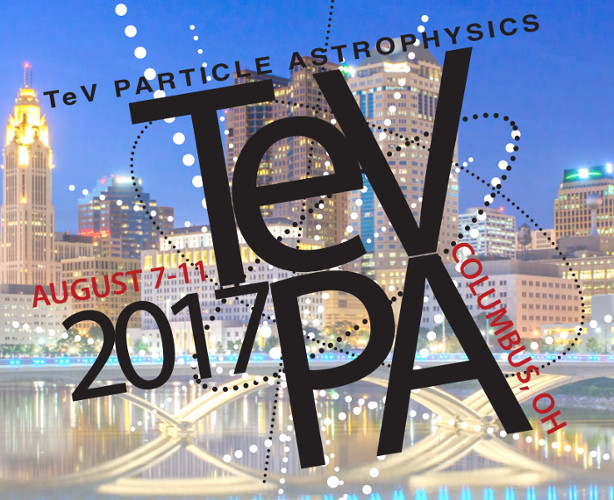Speaker
Description
We investigate the feasibility of the indirect detection of dark matter in a simple model using the neutrino portal. The model is very economical, with right-handed neutrinos generating neutrino masses through the Type-I seesaw mechanism and simultaneously mediating interactions with dark matter. Given the small neutrino Yukawa couplings expected in a Type-I seesaw, direct detection and accelerator probes of dark matter in this scenario are challenging. However, dark matter can efficiently annihilate to right-handed neutrinos, which then decay via active-sterile mixing through the weak interactions, leading to a variety of indirect astronomical signatures. We derive the existing constraints on this scenario from Planck cosmic microwave background measurements, Fermi dwarf spheroidal galaxies and Galactic Center gamma-rays observations, and AMS-02 antiprotons observations, and also discuss the future prospects of Fermi and the Cherenkov Telescope Array. Thermal annihilation rates are already being probed for dark matter lighter than about 50 GeV, and this can be extended to dark matter masses of 100 GeV and beyond in the future. This scenario can also provide a dark matter interpretation of the Fermi Galactic Center gamma ray excess, and we confront this interpretation with other indirect constraints. Finally we discuss some of the exciting implications of extensions of the minimal model with large neutrino Yukawa couplings and Higgs portal couplings.




